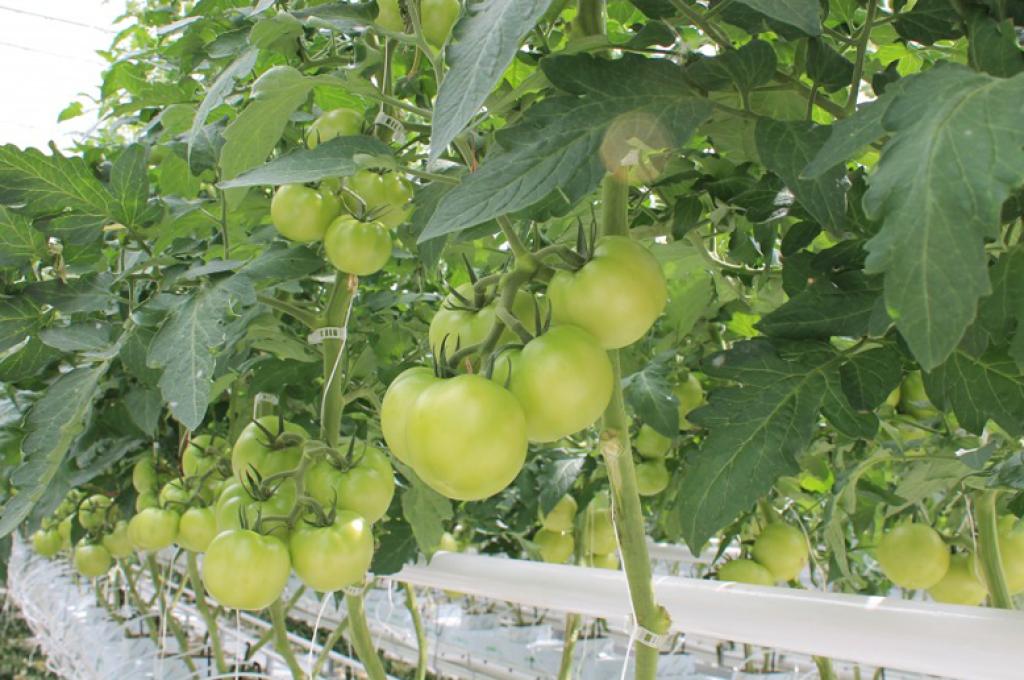With over a billion dollars in sales in 2017 and more than 16,000 employees, Ontario greenhouses have become a major player in the provincial economy. But it doesn’t come easily. Each year, vegetable growers like Greg Devries need to manage disease in their greenhouses or face a potential loss of 20 percent of their crop.
“It can be the best-tasting tomato that is out there,” the president of Chatham-based Truly Green Farms says. “But if it’s prone to bacterial canker or mildew, then it becomes a great challenge to make economic sense out of it.”
“An acre of tomatoes can gross hundreds of thousands of dollars, so a small percentage point or two can have a great impact.”
Enter the Centre for Plant-Microbe Chemical Genomics. The CFI-funded project connects genetic researchers at the University of Toronto with crop-breeding experts at the Vineland Research and Innovation Centre, a not-for-profit research institution in Ontario’s Niagara region. Together, they’re using advanced genomics to develop disease-resistant varieties of greenhouse tomatoes, cucumbers and peppers.
For Devries — who is now testing some of those varieties at his operation — the Centre’s research promises to bolster the bottom line in big ways. “An acre of tomatoes can gross hundreds of thousands of dollars, so [saving] a small percentage point or two [from disease] can have a great impact,” he explains. “You multiply that by the number of greenhouse acres that are out there, then for sure, that is something that is going to have a huge impact on the industry.”





